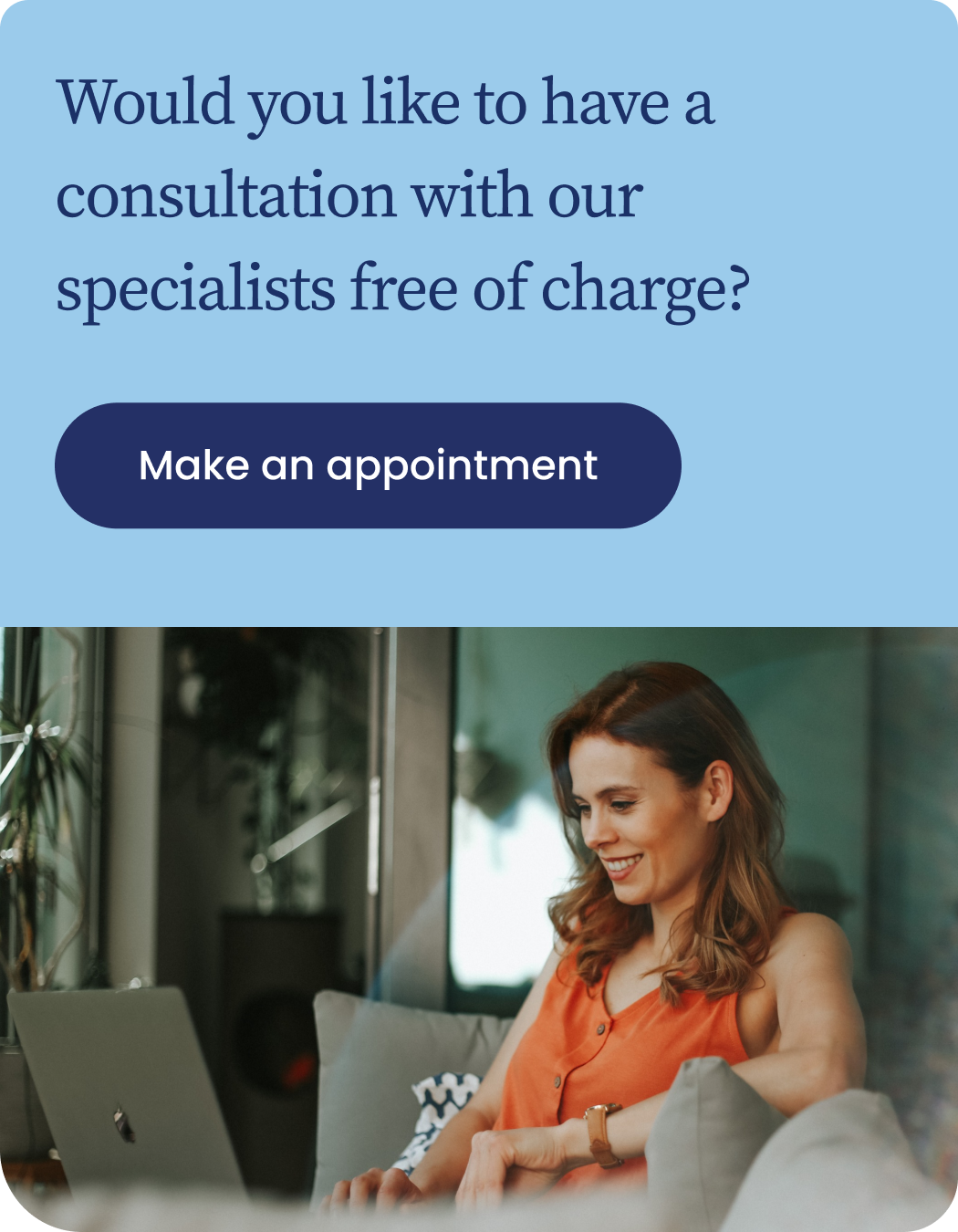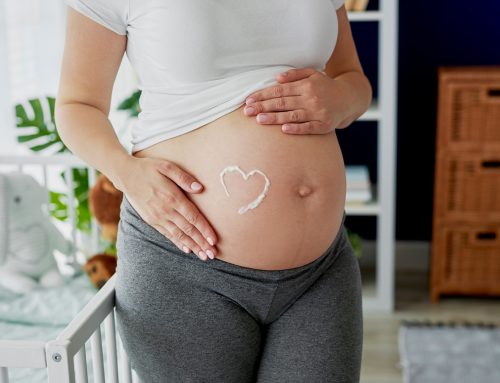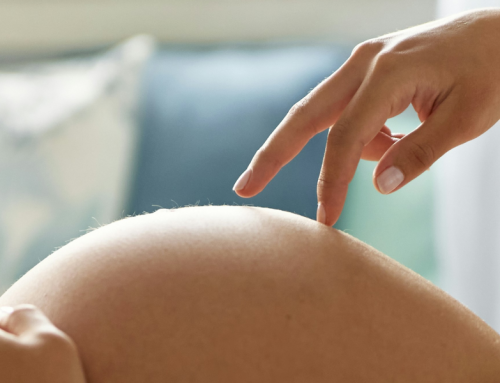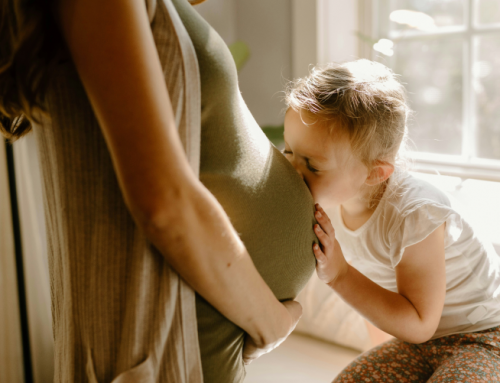At Eugin we are concerned about the environmental impact of our business. That is why we made the most of the change of headquarters in 2019 to implement some changes that will make our new offices an example of efficient energy use and energy savings. Raising awareness on the amount of energy that each of us waste on a daily basis is crucial when it comes to valuing the importance of consuming energy responsibly. At Eugin we want to commit to energy efficiency by adapting our energy consumption to our needs, thus making our day-to-day life much more efficient.
We can make this claim confidently as it is backed up by figures that clearly demonstrate the optimisation of our energy consumption. Normally, if the surface area over which the equipment is distributed is increased, energy consumption increases. However, in our case, despite the fact that with the change of headquarters in Barcelona, we have doubled the amount of space (we have gone from 3,800 m2 to 8,000 m2), we have nevertheless kept to the same level of consumption.
How is this achieved?
To achieve this goal, we have launched a project to adapt different aspects of our energy consumption model. The changes applied range from the most basic details to the installation of a system that allows us to be much more autonomous in energy production. This system goes from the lighting system, to the generation of electrical energy, as well as the ventilation and air-conditioning systems.
The General Services Area at Eugin manages the lighting and air conditioning of the building with a system called BMS (Building Management System). This system offers us different programming options in order to be more efficient, as well as controlling the switching off of the lights throughout the building. “The system allows us to optimise energy consumption, by ensuring that no lights are left on in the clinic during the periods set by the timetable. Or to turn down the air-conditioning system to standby mode. A good example of this control system was during the COVID-19 lockdown, when we disabled the lighting and air conditioning system on the office floors, thus achieving significant energy savings,” explains Marc Ramos, Director of Eugin Spain.
What’s more, all the lights in the building are LED and in areas such as bathrooms, corridors and communal areas they are operated by motion sensors, thereby ensuring that they are only switched on when necessary and thus cutting down on unnecessary expenses that can be caused by forgetting to turn off the lights when leaving the building.
There are 54 solar panels installed on the roof of the building, spread over an area of 90 m2, which is the building’s usable roof area, divided into 3 blocks. In this way, sunlight can be used to produce part of the electrical energy needed for the smooth running of the clinic. With these panels we are able to produce around 17,000kw per year, which is quite a significant amount. To put it in perspective, on average, a household consumes 3,487kw/h per year.
The air-conditioning system has also been an area where we have taken action to optimise its performance. The installation of a reversible heat pump that works with natural gas makes it possible to produce cold water. The equipment uses the surplus energy to heat the water via a heat exchanger and feed it into the hot water heating circuit.
The ventilation system is based on reversible frequency converters and carbon monoxide sensors. Thus, three basic functions are fulfilled for good air quality: to renew the air inside a room, air-condition it and save energy at the same time. In this way, a very high percentage of the energy used is recovered. Moreover, this heat recovery system is autonomous, it regulates itself depending on the demand and the concentration of oxygen in the different areas of the clinic.
We are never complacent
At Eugin we are always looking to improve, both in the services we offer our patients and in projects such as this one. There is always room for further optimisation of results and, in this regard, we are working on other projects that will allow us to continue reducing energy costs.
Among them is the introduction of the DALI (Digital Addressable Lighting Interface) system, which will allow us to improve how we operate the lighting in the clinic. It will offer us the possibility to control it digitally and make it self-regulating, depending on the amount of sunlight that can enter from outside. In the clinic’s car park area, we also want to improve the lighting by replacing the current bulbs with LEDs and to install presence sensors, which is the same system used in the corridors, bathrooms and communal areas.
All these changes are made with the aim of ensuring the three cornerstones of the energy efficiency philosophy: to harness the energy that is generated, to use it efficiently and to avoid wasting it.






